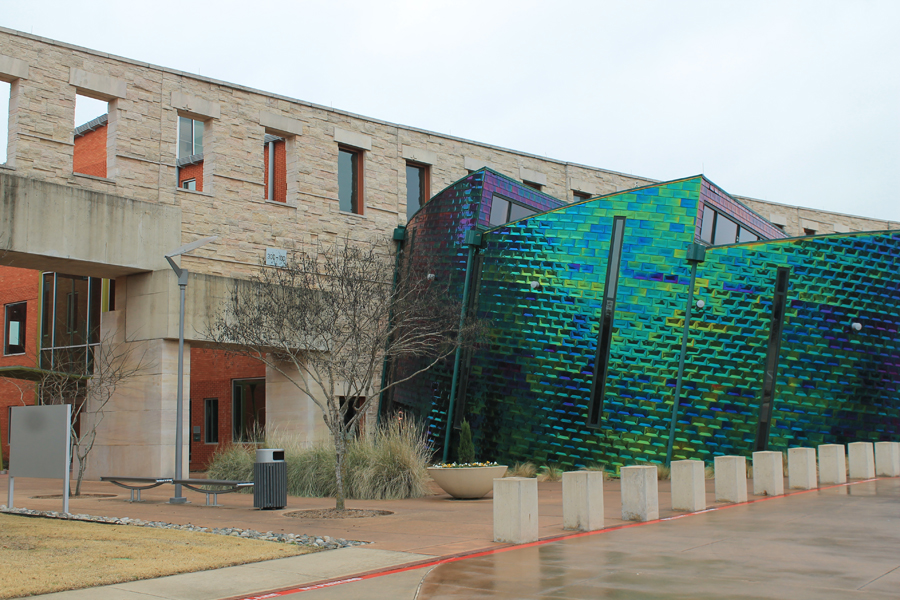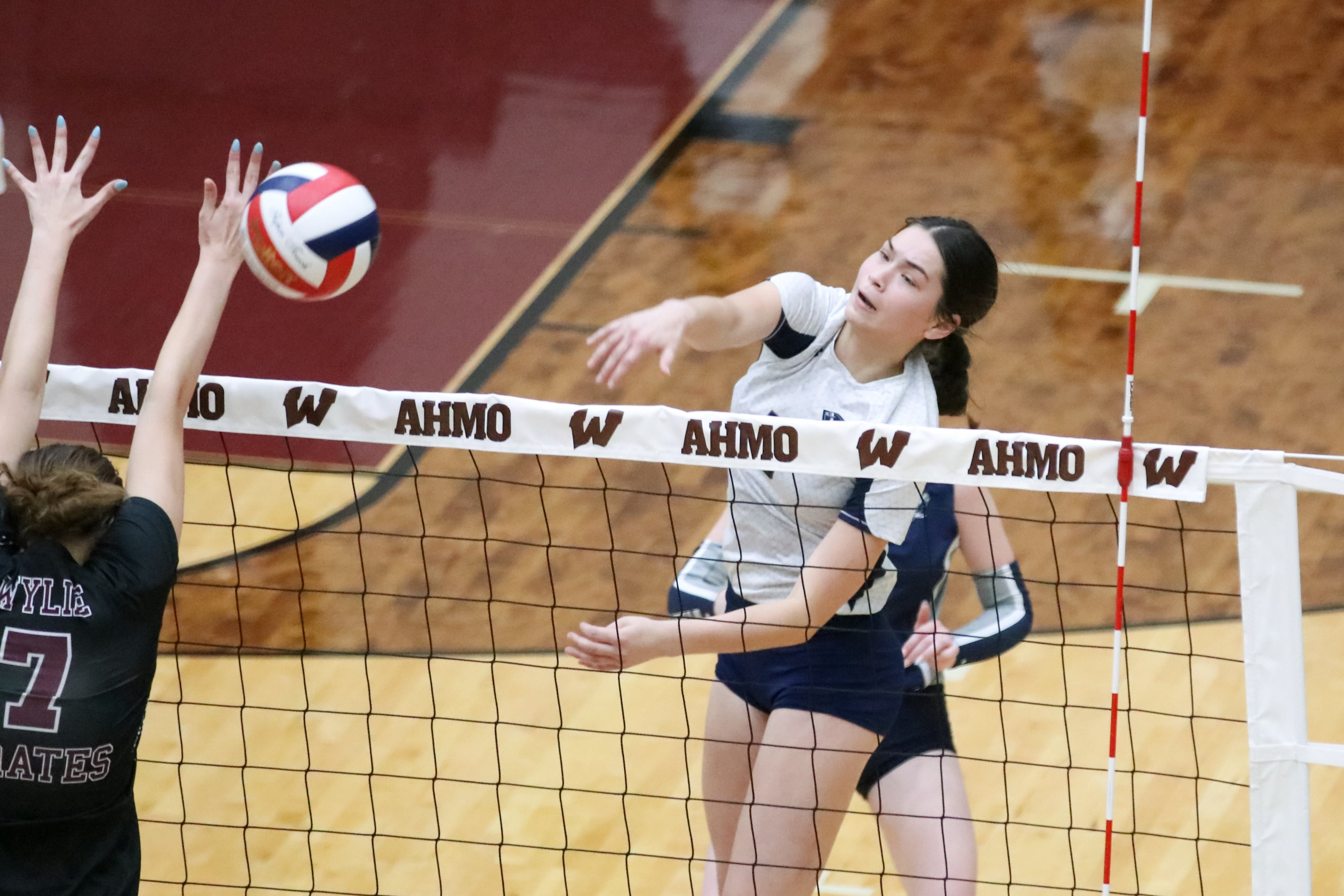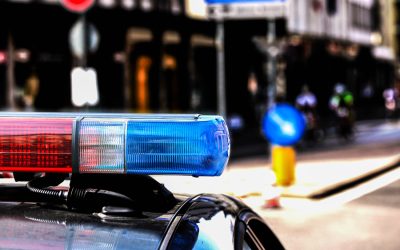USGS scientist Julie Dietze is in charge of the research collection of butterflies, moths and skippers. Photos courtesy USGS
It may sound like a prank, but government scientists are asking residents of six states to mail them dead bugs.
The citizen science project is seeking butterflies and similar winged insects found in Texas, Alabama, Georgia, Kansas, Nebraska and Oklahoma.
Julie Dietze, the U.S. Geological Survey (USGS) scientist in charge of the project, is building a Lepidoptera Research Collection at the Organic Geochemistry Research Laboratory in Lawrence, Kansas.
Lepidoptera is the scientific order that includes butterflies, moths and skippers (a similar group in the family Hesperiidae).
USGS is asking the public to provide specimens “to help scientists identify contaminants and environmental factors which may be contributing to the decline of insect populations,” Dietze said.
Researchers want to determine the occurrence of antibiotics, pesticides, hormones and mycotoxins in Lepidoptera, she said.
“There are some questions that can’t effectively be answered without help from a lot of people,” Dietze said. “It’s what makes citizen science so special and valuable.”
The study began in April and submissions are scheduled to end Nov. 1. However, the collection could continue into 2024.
The states included in the pilot study were selected based on at least one of three factors: their location relative to the migration pathway of the Monarch butterfly, the presence of confined animal feeding operations [feedlots] and their location relative to the corn belt in the upper Midwest.
“Collections like this one are important because they have the potential to provide scientists now, and 20 years from now, access to specimens,” Dietze said. “Without the specimens, it will be far more difficult to answer questions related to contaminants and environmental health.”
The process for sending specimens is simple. Live collection is prohibited; the insects must already be dead when collected. Each specimen must have an overall wingspan of at least two inches — about the size of two U.S. quarters side-by-side, she said.
Specimens don’t need to be mounted, glued or taped. No special packing is needed. Place all of the butterflies, moths and/or skippers into one resealable plastic bag. It is OK to combine types and send damaged specimens or some that are not fully intact, Dietze said.
“If the specimen is in good enough shape that it can be picked up and it meets the 2-inch minimum, then it will be added to the official USGS scientific collection,” she said.
No return label, descriptions or other information is needed. Dietze said the specimens will be grouped into locations by the USPS postmark on the envelope.
Send by U.S. Mail to: USGS LRC, 1217 Biltmore Drive, Lawrence, KS 66049.
Stay informed, subscribe to The Wylie News.

![WIA_CSMedia_300x250[6] NTMWD 2025 Summer](https://wylienews.com/wp-content/uploads/2021/11/WIA_CSMedia_728X907.jpg)














![WIA_CSMedia_300x250[6] NTMWD 2025 Summer](https://wylienews.com/wp-content/uploads/2021/11/WIA_CSMedia_300x2506.jpg)


0 Comments